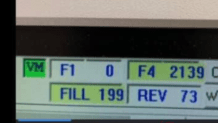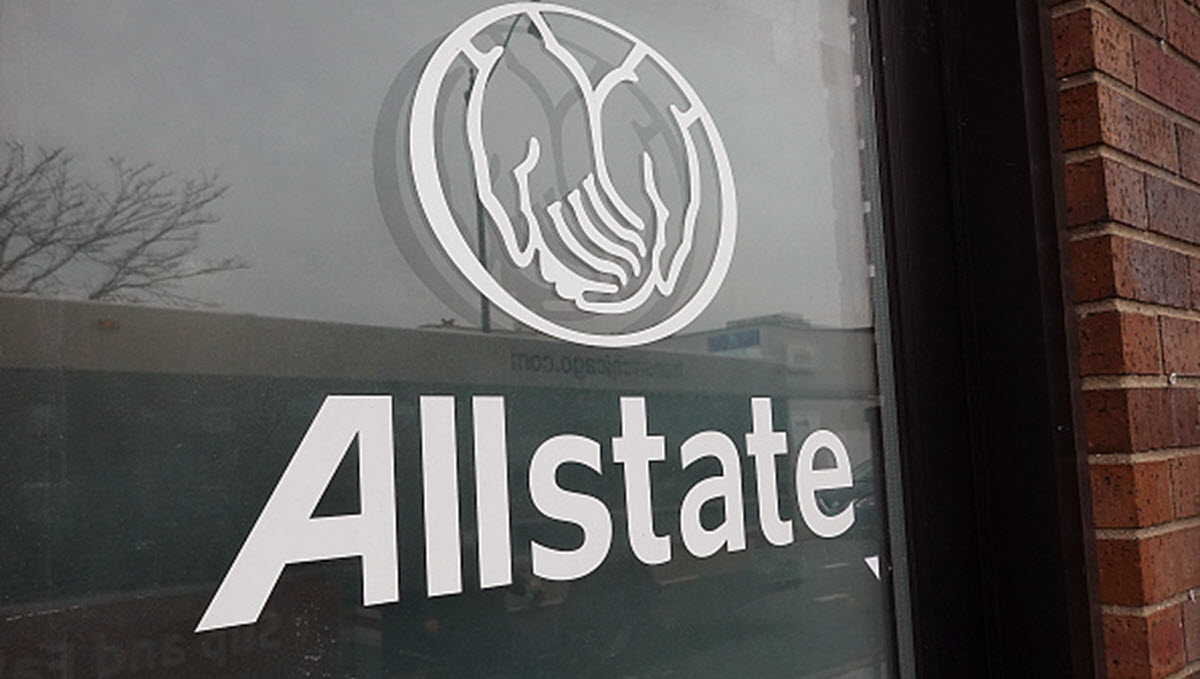Former Rite Aid pharmacy technician Priscila Sotelo says she quit her job in Union City during the pandemic because she was burned out and felt the increased workload put patients in danger.
“One time our pharmacist gave the wrong narcotic,” she told the Investigative Unit. “The line [of customers] was like 10 to 15 people at a time … everyone was panicking.”

Rite Aid told NBC Bay Area - like other big chain pharmacies – the company tracks medication errors internally and does not have information supporting Sotelo’s claim. Regulators are limited in their abilities to monitor medication errors though because pharmacies are generally not required to report the mistakes to state or federal regulatory agencies.
Get a weekly recap of the latest San Francisco Bay Area housing news. Sign up for NBC Bay Area’s Housing Deconstructed newsletter.
However, in response to national concerns about pharmacy workforce issues during the pandemic, the California State Board of Pharmacy released data in January saying it initiated 367 investigations after receiving complaints “indicating patient harm” for fiscal year 2020/21. It received 190 in the first six months of this fiscal year.
The Board said the reported medication errors varied in severity and included “serious patient harm and death.”
During that January board meeting, state regulators also discussed a workforce survey it approved last year. More than four thousand California pharmacists participated in the survey, which showed:
- 91% of California chain pharmacists reported not having enough staffing to ensure adequate patient care, compared to 37% of independent pharmacists.
- 11% of California chain pharmacists reported medication errors are not documented appropriately, compared to 4% of independent pharmacists.
“Oh, [mistakes were] regular. It was on a daily basis,” said Clint Hopkins, who now runs his own independent pharmacy in Sacramento but worked in various chains as a pharmacist for eight years. He says he saw frequent mistakes caused by pharmacy workers trying to fulfill profit-driving prescription quotas set by big chain companies, like CVS, Walgreens and Rite Aid.

According to the state’s workforce survey, 90% of chain pharmacy workers said their worksite has a work queue monitoring waiting time for prescriptions, compared to 33% of independent pharmacy workers.
Local
“When I first started working at Walgreens, they had … the little dials on the screen and you could see when you were on the phone too long or too many calls where coming in. It would turn red. It would turn yellow ... You had to keep those green, right? The numbers had to be low or everyone was [panicking],” Hopkins said.
One small portion of a Walgreens monitor shared on this Facebook page shows a backlog of more than 2000 prescriptions still waiting pharmacist verification.

The Investigative Unit spoke with pharmacists who believe such a big backlog significantly increases the chances of medication errors at that undisclosed store. NBC Bay Area showed Walgreens the image which has been widely shared on social media but the company had no comment.
Legislation that went into effect last January – Senate Bill No. 362 – now prohibits companies from establishing potentially dangerous quotas for pharmacy workers in California. It’s a practice that requires employees to fill a certain number of prescriptions over a specific period of time. The California Pharmacists Association, a backer of the bill, says the law’s success relies on companies implementing the rules themselves; and one of the only ways regulators will know about possible violations will be if employees report them.
“I don’t think that it’s going to happen,” Dr. Hopkins said. “They’re afraid of the repercussions of reporting their company.”
Despite multiple requests, no one from the California State Board of Pharmacy or CVS, Walgreens and Rite Aid agreed to be interviewed about workload and mistake claims. Rite Aid told the Investigative Unit off-camera its labor model is based on work volume, which is why it tracks prescriptions.
Walgreens and CVS sent statements saying their metrics are not individual-based, rather a way for the companies to ensure appropriate levels of staffing at each pharmacy.
In November, Rite Aid made a company-wide decision to close most of its pharmacies one hour earlier Monday-Friday to allow workers to catch up on work, but that was temporary.
How to Report Complaints to State Regulators
Although Senate Bill 362 was implemented in January, the California State Board of Pharmacy is still in the process of creating a SenateBill 362-specific complaint process for pharmacists and technicians.
In the meantime, both patients and pharmacy workers are encouraged to report medication errors and Senate Bill 362 violations by clicking this link or following these steps:
- Go to the Board of Pharmacy website
- Click Consumers
- Click Consumer Protection and Enforcement
- Click File a Complaint
This complaint form is for anyone to use, according to the California Pharmacists Association.



